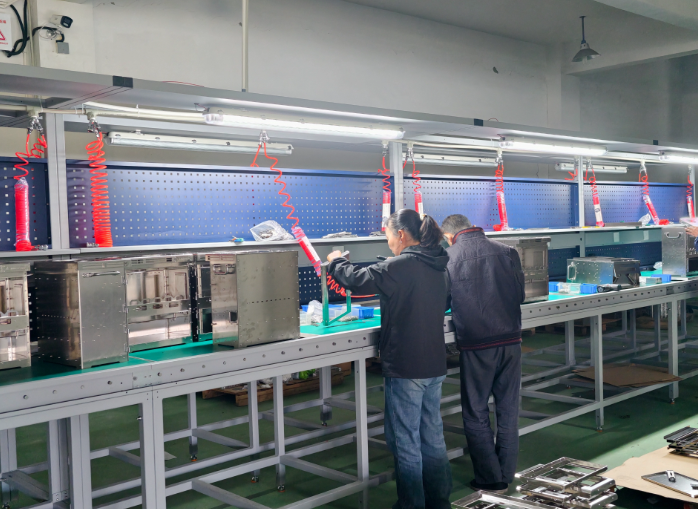
Sharpening a chainsaw blade is a task that demands precision, patience, and a deep understanding of the tool's mechanics. Many individuals find themselves grappling with the intricacies of this process, wondering, "Why is it so hard to sharpen a chainsaw?" In this exploration, we will unravel the complexities, providing insights into the challenges and techniques that make chainsaw sharpening a true skill.
1. Understanding Chainsaw Teeth Anatomy:
The first hurdle in chainsaw sharpening lies in comprehending the anatomy of the teeth. Chainsaw blades have unique cutting teeth that feature various angles, depths, and configurations. Each tooth type requires a specific sharpening technique, making a one-size-fits-all approach ineffective.
2. Precision in Tooth Filing:
Achieving the optimal cutting edge requires precision in tooth filing. A common challenge is maintaining consistent angles and depths across all teeth. Even a slight deviation can result in uneven cutting, reduced efficiency, and increased wear on the blade.
3. The Art of Depth Gauge Adjustment:
Beyond sharpening the teeth, the depth gauges play a crucial role in the cutting process. Incorrect depth gauge settings can lead to excessive friction, kickback, and a compromised cutting performance. Adjusting the depth gauges requires finesse and a keen eye for detail.
4. Choosing the Right Sharpening Tools:
The market is flooded with various sharpening tools, from hand files to electric grinders. Selecting the right tool for the job adds another layer of complexity. Inappropriate tools can lead to inconsistent sharpening, damaging the blade rather than enhancing its cutting ability.
5. Chain Tension and Alignment:
A chainsaw blade's tension and alignment significantly impact the sharpening process. Inadequate tension or misalignment can result in uneven sharpening and erratic cutting. Achieving the correct balance requires meticulous attention to detail and an understanding of the chainsaw's specific requirements.
6. Regular Maintenance Challenges:
The difficulty in chainsaw sharpening is compounded by the need for regular maintenance. Keeping up with a consistent sharpening schedule, especially for frequent users, can be time-consuming. Failure to adhere to a routine can lead to dull blades, reduced cutting efficiency, and potential safety hazards.
7. Overcoming Hardened Steel:
Modern chainsaw blades are often made of hardened steel, enhancing their durability. However, this hardness also poses a challenge during the sharpening process. Using incorrect techniques or tools can result in ineffective sharpening and premature wear.
8. Professional Training and Guidance:
Achieving mastery in chainsaw sharpening often requires professional training and guidance. Many individuals find it challenging to grasp the nuances of the process without hands-on instruction. Investing time in learning from experts can elevate one's sharpening skills significantly.
Conclusion:
"Why is it so hard to sharpen a chainsaw?" The answer lies in the multifaceted nature of the task. From understanding tooth anatomy to mastering precision in filing, overcoming challenges in depth gauge adjustment, and selecting the right tools – chainsaw sharpening is indeed a blend of art and science. Embracing the complexities and investing in the right knowledge and tools will transform this challenging task into a skill that ensures your chainsaw operates at peak performance throughout its lifespan.


